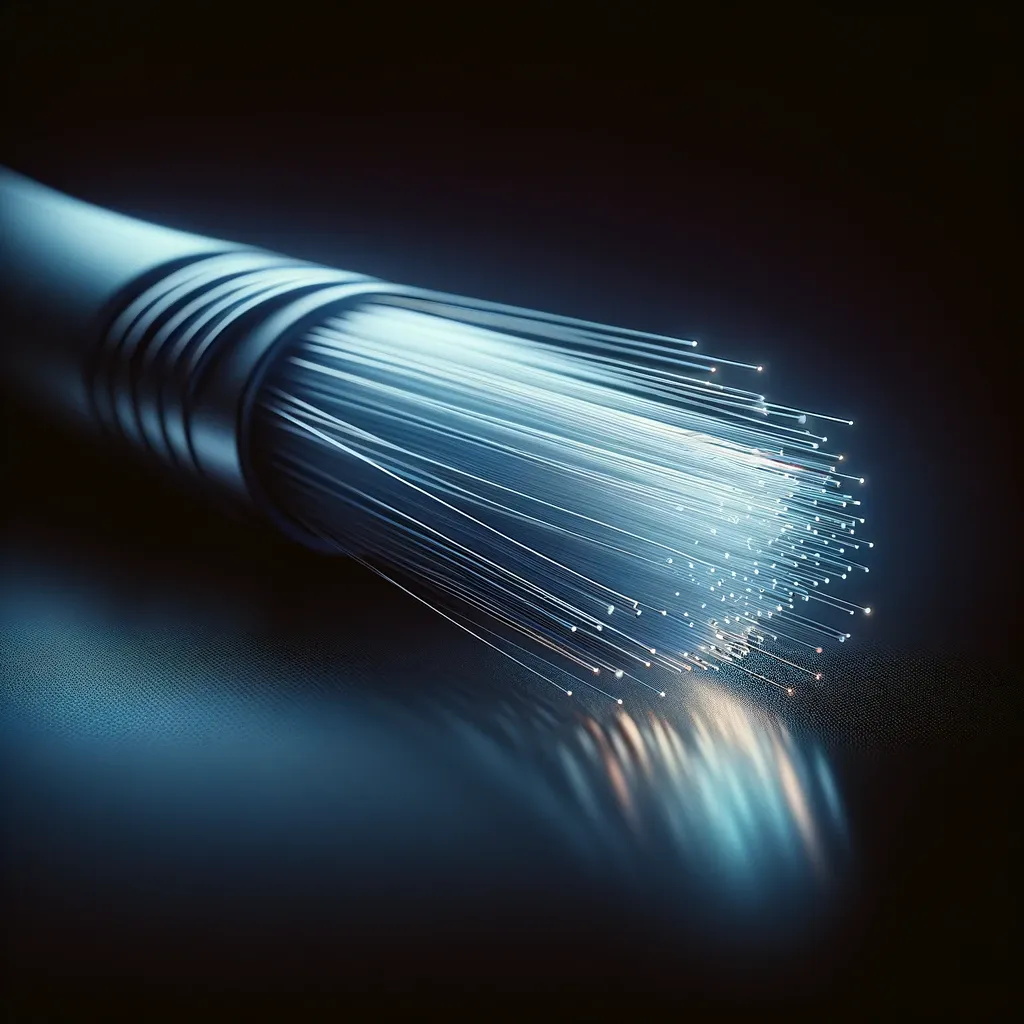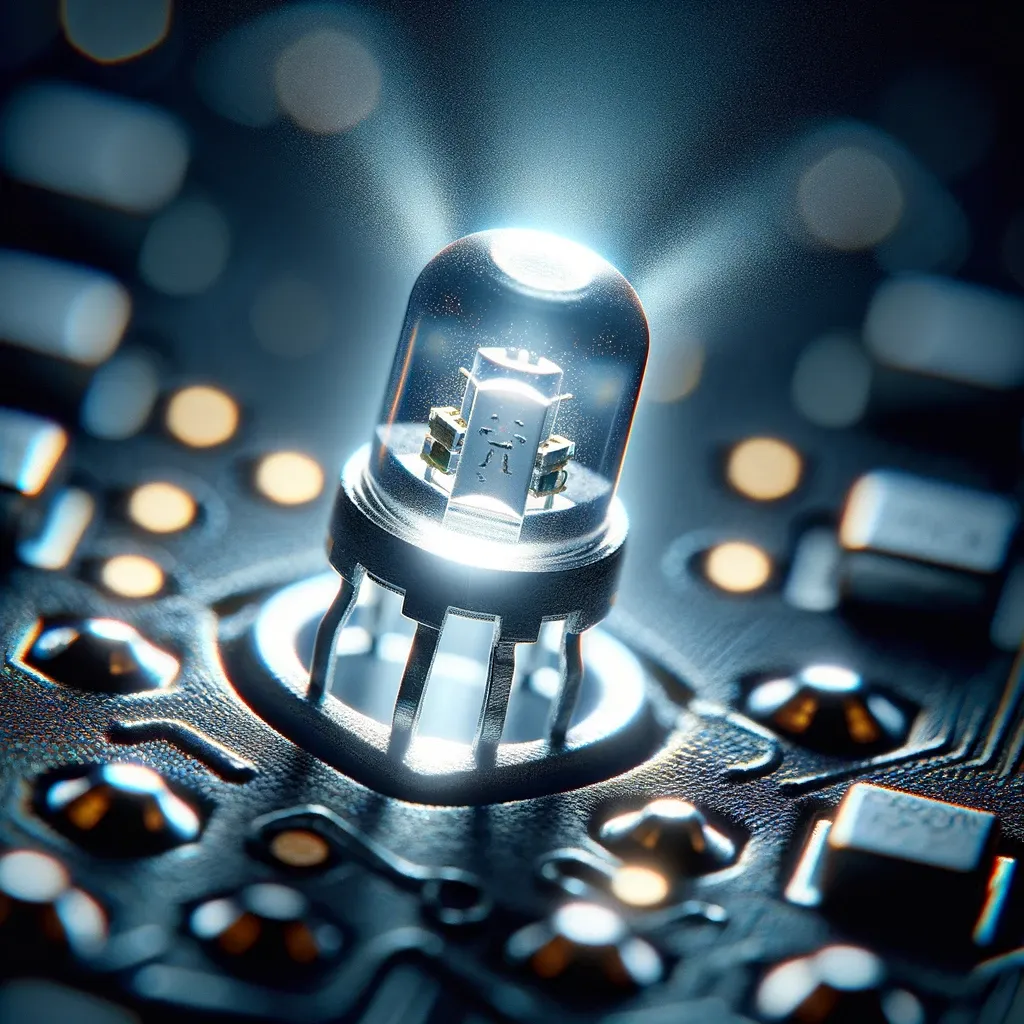
Optoelectronics is the branch of electronics that deals with the conversion of electricity into light and light into electricity using semiconductor materials called semiconductors. Semiconductors are crystalline solid materials with an electrical conductivity that is less than that of metals, but greater than that of insulators. Their physical properties can be modified by exposure to different types of light or the flow of electric current. In addition to visible light, forms of radiation such as ultraviolet and infrared, invisible to the human eye, can affect the properties of these materials.
Table of Contents
What is optoelectronics?
Optoelectronics is a rapidly growing field that combines electronics and optics to use light to process information.
It is based on the phenomena of interaction of light and other forms of electromagnetic radiation with semiconductor materials. This makes it possible to convert electrical signals to optical and vice versa. Optoelectronic devices use effects such as photoelectricity, photovoltaics, photoemission or electroluminescence to detect, emit and modulate light.
Optoelectronics combines the achievements of chemistry, solid-state physics and electronics to create an interdisciplinary field with a broad spectrum of applications. It includes technologies for acquiring, transmitting, processing and presenting information by means of light. It enables the design of high-speed and high-performance devices such as lasers, radiation detectors, optical modulators and displays.
Optoelectronics plays a key role in today’s telecommunications and information systems. It allows ultra-fast transmission of huge amounts of data using optical fibers. It is also used in medicine, industry, transportation and many other fields. Its importance will grow as the world becomes more digitized and the need for ever faster information processing systems increases. It can be said that optoelectronics is driving the digital revolution and is a key technology of the future.
History of discoveries and their applications in optoelectronics
One of the earliest physical discoveries, which led to the development of modern optoelectronics, is the so-called “optoelectronics”. photoelectric effect. The photoelectric effect involves the emission of electrons by a material when it is exposed to certain types of light. When the material absorbs enough energy in the form of light, electrons can be knocked out of the material’s surface, causing an electric current to flow and leaving electron holes. A similar phenomenon is the photovoltaic effect, in which absorbed light causes a change in the energy states of electrons in a material, resulting in a voltage that can produce an electric current.
- Cells Solar cells use optoelectronics to convert light into energy
Electricity generation in solar cells that absorb light from the sun is a common application that takes advantage of these effects. The electricity thus generated can be used directly or stored in batteries for later use. Practical applications for solar cells include power generation both on Earth, such as in off-grid homes in remote areas, and in space, such as in satellites. - Optoelectronic devices play a key role in applications and products – from computers to communications
Electroluminescence is another important phenomenon used in optoelectronics. When an electric current flows through some materials, it causes electrons at high energy levels to combine with electron holes and move to more stable lower energy levels, releasing energy in the form of light. LEDs are a common example of the use of electroluminescence. LEDs in various colors are used as power indicators, in digital displays such as in calculators and household appliances, to illuminate signs and street lights, as headlights and car lights, and much more. Vehicle dashboards also often use electroluminescence for illumination. - The use of optoelectronics made it possible to develop photocopiers
Photoconductivity, is the phenomenon of increased conductivity of a material under illumination. This effect depends on higher light intensity generating more electrons and electron holes in some materials, which increases their electrical conductivity. This particular phenomenon of optoelectronics enabled the construction of photocopiers. When a photoconductive surface in a photocopier is exposed to an image, a difference in conductivity is created between the illuminated areas containing no image and the non-illuminated areas containing it. As a result, the powder in the machine is distributed in the form of an image, after which it is fixed on a sheet of paper, completing the copying process. - Optoelectronics can be used to automate administrative work in many ways
These and other optoelectronic effects are being integrated into a huge number of devices and applications in numerous combinations, and even more are under development. Many industries have been revolutionized through the use of optoelectronics. Optoelectronic devices play a key role in applications and products – from computers to communications, medical technology to military equipment, photography and other imaging techniques, and more.
Optoelectronic elements – what types exist and how do they work?
There are a variety of optoelectronic components that convert light signals into electrical signals and vice versa. The most important of these are:
- Photodiodes – semiconductor light sensors made of an active P-N junction that generate current or voltage when light falls on the junction. They have different modes of operation and are used, among others. In medical and industrial equipment.
- Photovoltaic cells – convert solar energy directly into electricity. Widely used in telecommunications systems, marine navigation or rural electrification.
- Photoresistors – light-controlled resistors whose resistance decreases with illumination. Used in light sensors and switches.
- LEDs – semiconductor diodes that emit light through the process of electroluminescence. They are widely used as indicators and light sources in electronics.
- Encoder sensor ICs – convert rotary or linear motion into electrical signals in motion control systems.
- Laser diodes – semiconductor diodes that convert electrical energy into laser light. Used among others. In CD players, medical devices and telecommunications.
- Fiber optics – transmit information in the form of modulated light. Used in telecommunications, sensors and las
Applications of optoelectronics
Optoelectronic devices and components are widely used in many fields:
Communications
Optoelectronics plays a key role in modern communication systems. Fiber optics using the phenomenon of total internal reflection allow transmission of signals over long distances. Lasers and other components, such as modulators or photodetectors, are used to convert electrical signals into optical signals and vice versa. This allows for fast, secure and reliable communication.
Medicine and diagnostics
In medicine, optoelectronics is used, among other things. in diagnostic imaging, biomarker measurements, endoscopy or in-vivo imaging. It is also used in therapy, such as laser therapy that uses lasers to treat skin conditions or laser vision correction. With optoelectronics, it is possible to diagnose patients quickly and safely.
Industry
In industrial automation and control, optoelectronics serve an important function as sensors, measurement transducers and actuators in control systems. Optoelectronic sensors monitor production parameters, machine status, component positions. They allow streamlining and automating industrial processes.
Entertainment
In the entertainment industry, optoelectronics is used, among other things. In stage lighting systems, multimedia projectors or virtual entertainment. It allows for spectacular lighting and visual effects, increasing the attractiveness of events.
Technological advances in optoelectronics
New materials and technologies, such as flexible electronics, are creating new opportunities for optoelectronics. Its application in artificial intelligence enables the construction of advanced vision and sensory systems. Optoelectronics is driving progress in many fields.
In summary, optoelectronics is an extremely versatile and rapidly developing field, which is finding more and more new applications thanks to technological advances. Its role will grow with the demand for fast and reliable communications, advanced sensory systems or energy-efficient lighting.


